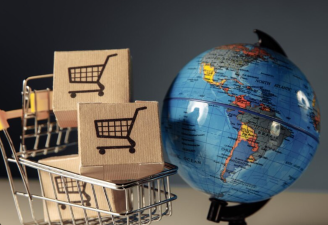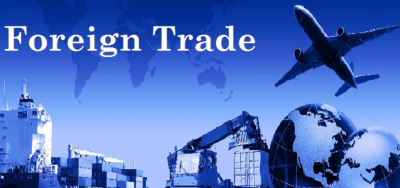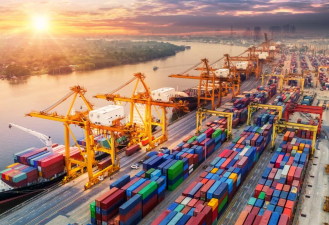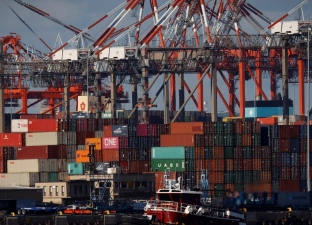Perhaps a decade ago, competition between brands was limited to product and service. Today, in an era of increasingly diverse consumer demands and a deep pursuit of personalization and experience, brands are also beginning to prioritize innovation and strategy. More and more companies are emerging from this crowded market and becoming industry leaders through unique market positioning, innovative product design, effective marketing strategies, and superior customer service.

What new shifts will future consumption see?
- High quality is a core element of future consumption
For traditional companies, high quality is often synonymous with superior product quality. However, today, the definition of high quality has expanded to include improved service quality, expanded consumption scenarios, and enhanced consumer experiences. Emerging consumer trends such as digitalization, green initiatives, and health initiatives are gaining traction with consumers. Only by deeply exploring a brand's unique characteristics and leveraging them to create higher-dimensional quality innovations can we truly inspire consumer purchasing enthusiasm.
- Traffic will become increasingly important in e-commerce
E-commerce has leveraged traffic to reshape business models. The internet business ecosystem originated in the field of information dissemination. With the rise of e-commerce, this ecosystem has flourished, and the connection between business and marketing has become even closer. Today, the boundaries between sales and marketing have almost disappeared, and the two have become one.
The efficient flow of information has significantly shortened the distance between consumers and products. Consumer companies and e-commerce platforms alike recognize that the core of future consumption lies in enabling users to easily access product-related information online. In other words, whoever can control traffic in an increasingly competitive market will be able to rapidly expand their channels and achieve a surge in sales in a short period of time.
Traffic, once a buzzword for the internet, has now become a critical factor in determining the survival of consumer companies.
- Pre-positioning the supply chain will play a more significant role
Pre-positioning the supply chain refers to examining the growth cycles of key nodes, starting with the media or channels that influence consumer purchasing decisions. In principle, these nodes typically reach maturity when they begin to play their role. However, once a node reaches maturity, the cost of establishing a partnership with it increases, accompanied by significant uncertainty. Therefore, companies should make large-scale interventions and systematic investments in these nodes during their growth phase, or even in their nascent stages. Once these nodes begin to function, consumer companies can maximize their profits. This strategy is particularly effective in non-traditional consumer and marketing channels.
This is because, with the widespread application of cutting-edge technologies such as artificial intelligence, big data, the Internet of Things, blockchain, and the metaverse, the consumer market is facing more unknown challenges and opportunities. For every consumer company involved, this is not only a test of technological prowess, but also a critical period for comprehensive innovation in business models and strategic thinking.
- Independent research and innovation are the keys to success
In 2025, the trend toward information transparency will continue to intensify, and consumers will inevitably prioritize product quality and value for money. At the same time, the increasing prevalence of scientific concepts will encourage consumers to prioritize product value from a technical perspective. Therefore, companies should prioritize enhancing their products' technological content and independent R&D capabilities to gain a competitive edge in this fiercely competitive market. This shift in mentality not only tests a company's technological prowess but also signals the entire e-commerce industry's advancement to a higher level.







